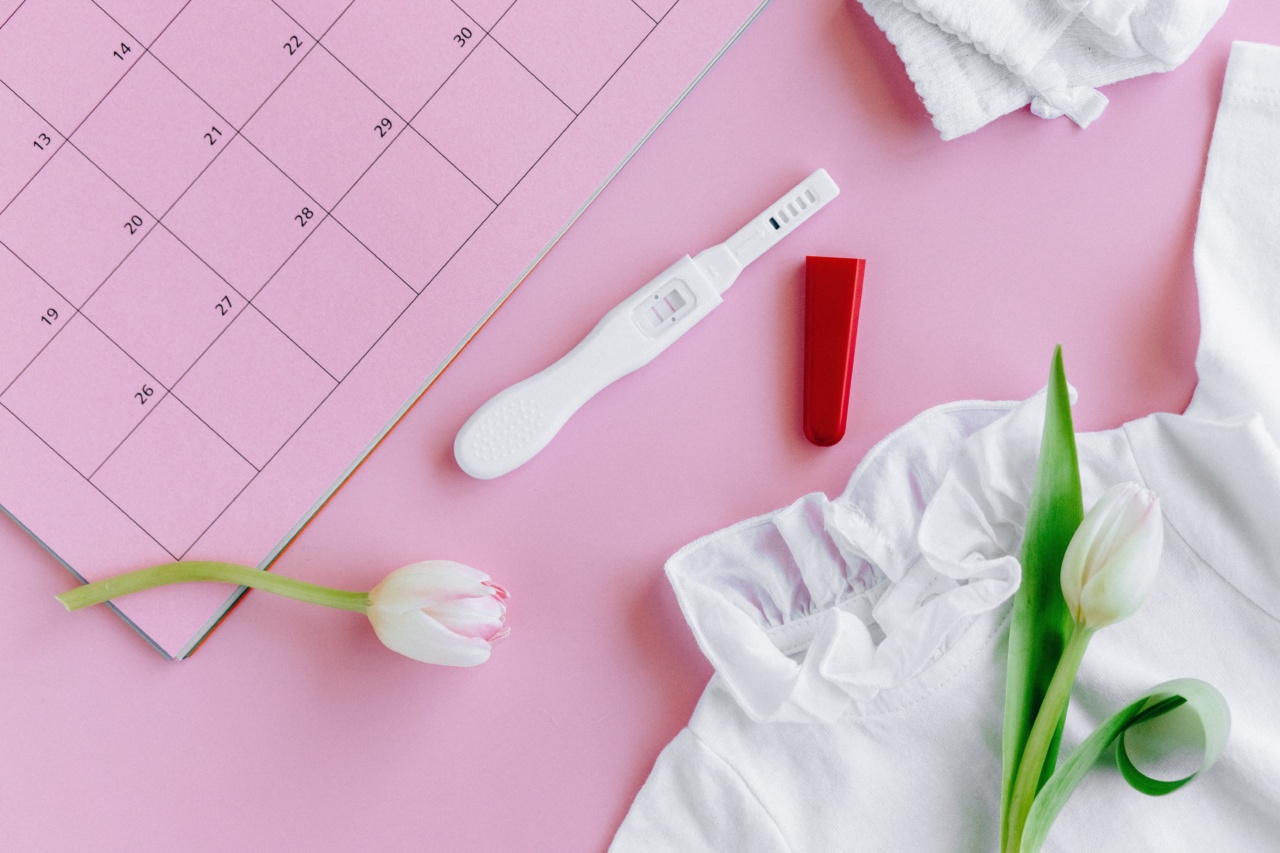For couples trying to conceive, knowledge of the woman’s menstrual cycle is essential. The menstrual cycle refers to a series of changes in the female reproductive system that leads to the release of an egg every month.
A fertility calendar helps women keep track of their menstrual cycle, monitor their fertile days, and increase their chances of becoming pregnant. This article will explain how a fertility calendar works and how it can help couples trying to conceive.
What is a Fertility Calendar?
A fertility calendar is a tool used to track a woman’s menstrual cycle and predict her fertile days. It typically involves tracking ovulation, which is when the woman’s ovary releases an egg.
This is the time when the woman is most likely to become pregnant.
A fertility calendar can be created manually using a paper calendar or using a mobile app. The most popular apps include Clue, Ovia, and Flo. These apps use algorithms to predict a woman’s fertile days based on previous menstrual cycles.
How does a Fertility Calendar Work?
A fertility calendar works by tracking the menstrual cycle and estimating the days when ovulation is most likely to occur. The menstrual cycle can be divided into three phases: the follicular phase, the ovulatory phase, and the luteal phase.
The follicular phase starts on the first day of the menstrual cycle and lasts until ovulation. During this phase, the body prepares for ovulation by releasing hormones that stimulate the growth of follicles in the ovaries.
These follicles contain eggs, and one of them will eventually mature and be released during ovulation.
The ovulatory phase is the time when the ovary releases an egg. This typically occurs around day 14 of a 28-day menstrual cycle. However, the exact timing of ovulation can vary from woman to woman and from cycle to cycle.
The luteal phase starts after ovulation and lasts until the end of the menstrual cycle. During this phase, the body prepares for pregnancy by thickening the uterine lining.
If the egg is not fertilized, the uterine lining will shed, and the woman will have her period.
A fertility calendar helps women predict their fertile days by tracking the length of their menstrual cycle and estimating when ovulation is most likely to occur.
To do this, the woman needs to record the first day of her period and the length of each menstrual cycle. The app or calendar will then use this information to estimate when ovulation will occur.
Why Use a Fertility Calendar?
A fertility calendar can be a helpful tool for couples trying to conceive because it can help them time intercourse for when the woman is most fertile.
Knowing the fertile days can increase the chances of becoming pregnant and reduce the time it takes to conceive.
A fertility calendar can also help women identify any irregularities in their menstrual cycle. If the menstrual cycle is shorter or longer than usual, it may indicate an underlying health issue that needs to be addressed.
How to Use a Fertility Calendar?
To use a fertility calendar, the woman needs to record the first day of her period and the length of each menstrual cycle. This information can be entered into a mobile app or written down on a paper calendar.
The app or calendar will then use this information to predict the woman’s fertile days. The fertile days are the days when the woman is most likely to become pregnant.
This is typically the 5 days leading up to ovulation and the day of ovulation itself.
During these fertile days, couples should have intercourse to increase their chances of conceiving. The best time to have intercourse is during the 2-3 days leading up to ovulation and on the day of ovulation itself.
Sperm can survive in the female reproductive tract for up to 5 days, so having intercourse before ovulation can increase the chances of the sperm meeting the egg.
What are Some Tips for Using a Fertility Calendar?
Here are some tips for using a fertility calendar:.
- Use the same app or calendar consistently to ensure accurate predictions of fertile days
- Track the length of each menstrual cycle accurately
- Record any changes in the menstrual cycle, such as missed periods or irregular bleeding
- Use ovulation predictor kits to confirm the fertile days predicted by the app or calendar
- Have intercourse regularly throughout the menstrual cycle to increase the chances of becoming pregnant
Conclusion
A fertility calendar can be a helpful tool for couples trying to conceive. By tracking the menstrual cycle and estimating ovulation, the calendar can predict the woman’s fertile days and increase the chances of becoming pregnant.
However, it is important to remember that a fertility calendar is only an estimation and may not be accurate for all women. Couples should have regular intercourse throughout the menstrual cycle to increase their chances of becoming pregnant.




























